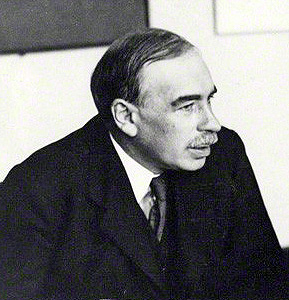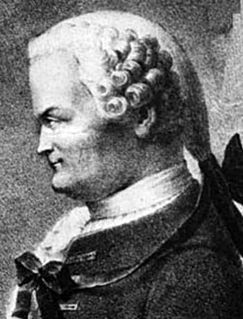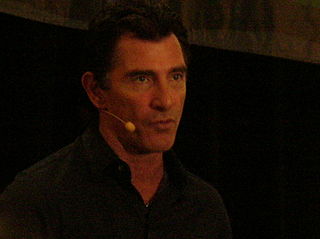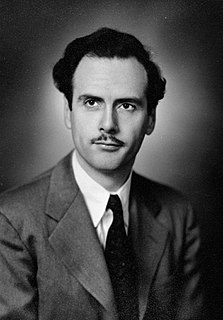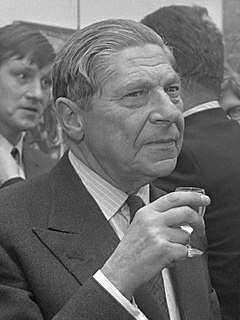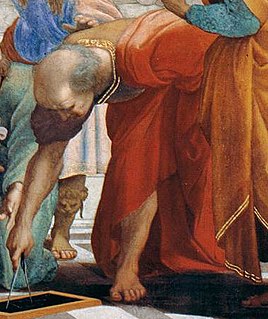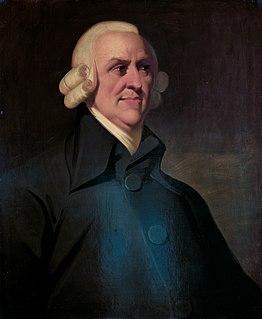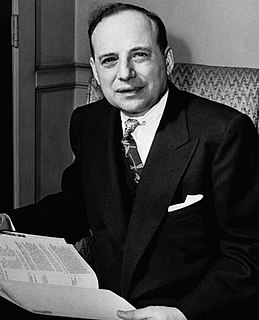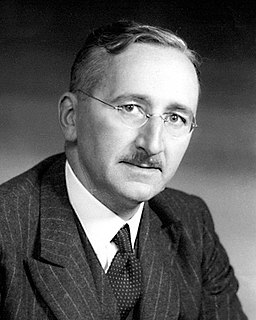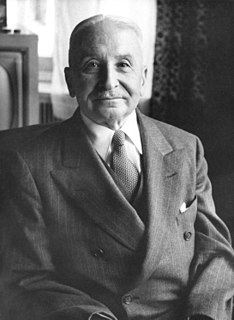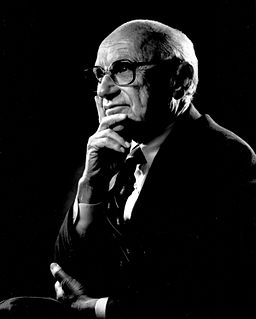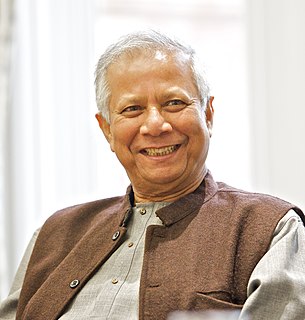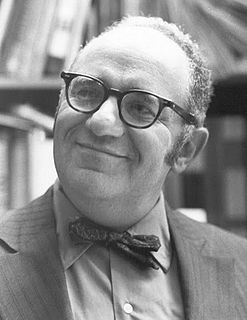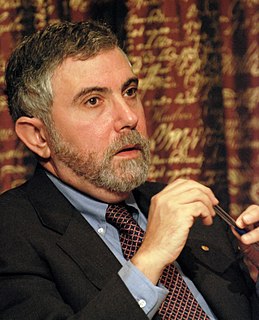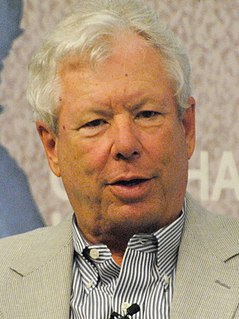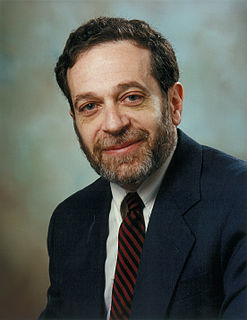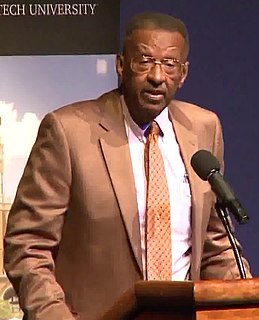A Quote by John Maynard Keynes
The classical theorists resemble Euclidean geometers in a non-Euclidean world who, discovering that in experience straight lines apparently parallel often meet, rebuke the lines for not keeping straight as the only remedy for the unfortunate collisions which are occurring. Yet, in truth, there is no remedy except to throw over the axiom of parallels and to work out a non-Euclidean geometry.
Related Quotes
The world of shapes, lines, curves, and solids is as varied as the world of numbers, and it is only our long-satisfied possession of Euclidean geometry that offers us the impression, or the illusion, that it has, that world, already been encompassed in a manageable intellectual structure. The lineaments of that structure are well known: as in the rest of life, something is given and something is gotten; but the logic behind those lineaments is apt to pass unnoticed, and it is the logic that controls the system.
Proofs of the Euclidean [parallel] postulate can be developed to such an extent that apparently a mere trifle remains. But a careful analysis shows that in this seeming trifle lies the crux of the matter; usually it contains either the proposition that is being proved or a postulate equivalent to it.
Concrete you can mold, you can press it into - after all, you haven't any straight lines in your body. Why should we have straight lines in our architecture? You'd be surprised when you go into a room that has no straight line - how marvelous it is that you can feel the walls talking back to you, as it were.
Development of Western science is based on two great achievements: the invention of the formal logical system (in Euclidean geometry) by the Greek philosophers, and the discovery of the possibility to find out causal relationships by systematic experiment (during the Renaissance). In my opinion, one has not to be astonished that the Chinese sages have not made these steps. The astonishing thing is that these discoveries were made at all.
I entered an omnibus to go to some place or other. At that moment when I put my foot on the step the idea came to me, without anything in my former thoughts seeming to have paved the way for it, that the transformations I had used to define the Fuchsian functions were identical with non-Euclidean geometry.
